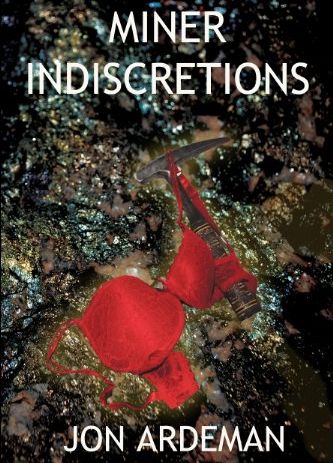http://www.cbc.ca/news/canada/sudbury/
Project from CEMI, CMIC one of 9 vying for millions from Innovation, Science and Economic Development
A proposal with roots in Sudbury could see hundreds of millions of dollars in federal money to help improve the mining industry. Earlier this year, the Centre for Excellence in Mining Innovation (CEMI) in Sudbury and the Canada Mining Innovation Council (CMIC) formed a partnership.
They teamed up to submit a clean resources proposal to the Federal Innovation Supercluster Initiative. A ‘supercluster’ is a consortium of stakeholders, including companies, post secondary institutions and not-for-profit organizations.
The federal government has $950-million to distribute towards the creation of five superclusters. Minister of innovation, sciences and economic development, Navdeep Bains will announced the five successful applicants next March.




























